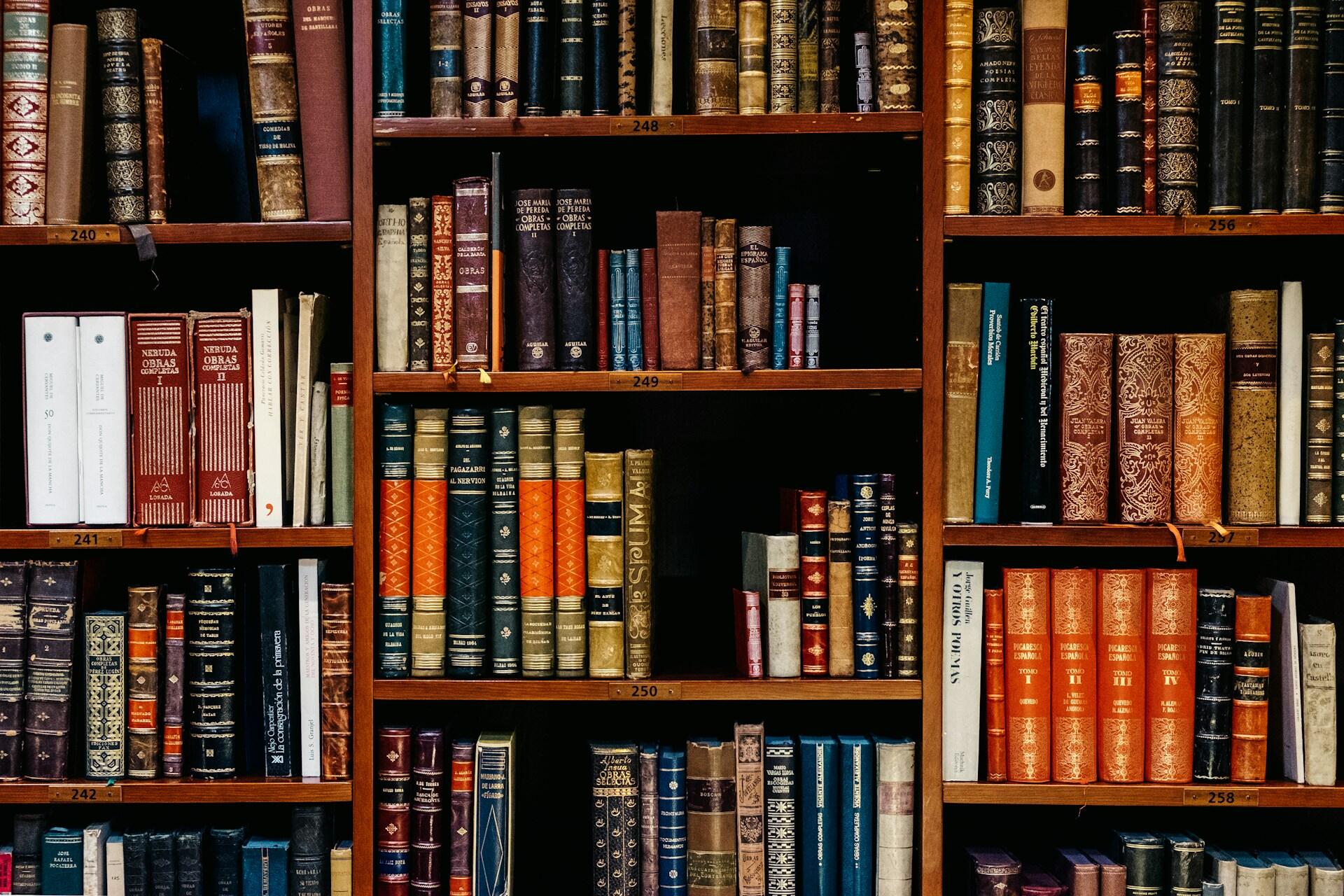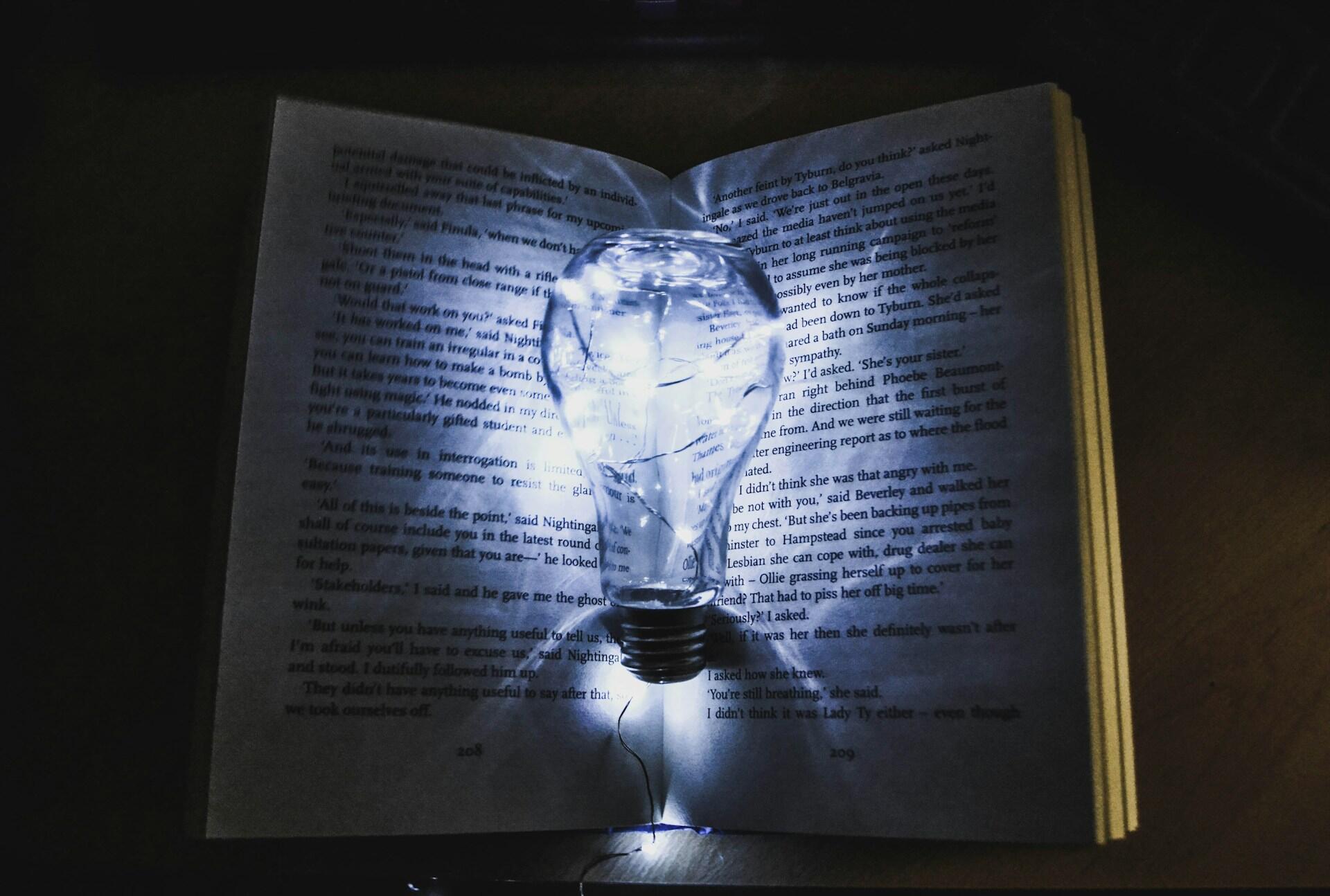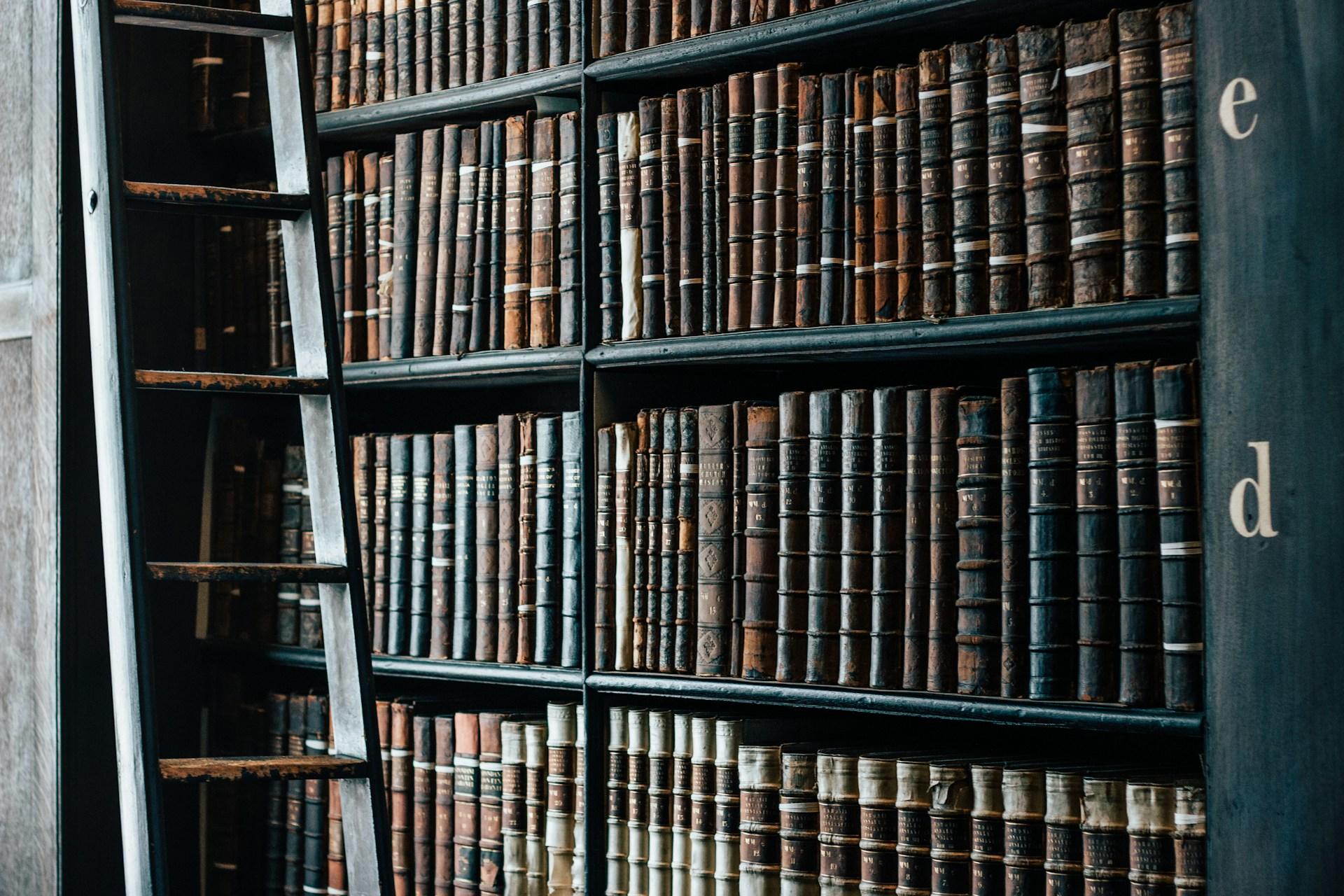We tell ourselves stories in order to live.
Joan Didion, American Writer and Journalist
American literature has changed over time along with the history of the United States. From Native American stories passed down by word of mouth to the novels and poems written today, it has always reflected the nation’s growth and struggles. Each period of writing shows how people thought, what they valued, and how they responded to the events around them. Writers have used stories, essays, and poems to express ideas about freedom, nature, race, technology and identity. Studying these different periods helps us understand how literature and history influence one another and how the voices of the past continue to shape American culture today.
| Period | Years | Main Features and Themes |
|---|---|---|
| Pre-Colonial and Colonial Period | Before 1776 | Oral storytelling, religious writings, exploration, and settlement life |
| Revolutionary and Early National Period | 1776–1830 | Political essays, patriotism, and the rise of early American fiction |
| Romanticism and Transcendentalism | 1830–1865 | Emotion, imagination, nature, and individual thought |
| Realism and Naturalism | 1865–1910 | True-to-life stories, social issues, and the struggles of ordinary people |
| Modernism | 1910–1945 | Experimental writing, new artistic forms, and reactions to war and change |
| Postmodernism | 1945–2000 | Irony, mixed styles, questioning of truth, and focus on human experience |
| Contemporary Period | 2000–Present | Diverse voices, global topics, identity, and technology in storytelling |

Timeline of American Literature
Before 1776
Pre-Colonial and Colonial Period
Native American oral stories and early colonial writings focused on religion, survival and exploration.
1776–1830
Revolutionary and Early National Period
Political essays and patriotic works shaped the voice of an independent America.
1830–1865
Romanticism and Transcendentalism
Writers celebrated nature, emotion and individuality while exploring human imagination.
1865–1910
Realism and Naturalism
Authors wrote about everyday life and social struggles in a realistic and honest way.
1910–1945
Modernism
Writers experimented with style and questioned traditional values after the world wars.
1945–2000
Postmodernism
Literature became playful, ironic and experimental, reflecting confusion and change in modern life.
2000–Present
Contemporary Period
Modern writers focus on identity, diversity and technology’s impact on society.
Pre-Colonial and Colonial Literature (Before 1776)
Before the United States existed, the land was already full of stories. These early works came from Native American oral traditions and the writings of European settlers who later arrived on the continent.

Native American Oral Traditions
Native American stories were passed down by word of mouth long before writing became common. These tales included creation stories, myths, and songs that explained the world, taught lessons and kept cultural traditions alive. Many of these stories focused on nature and respect for the land. Storytelling was more than entertainment; it was a way to teach values and connect generations. Even today, these oral traditions continue to influence American writers and poets.
Colonial Writings
When European settlers came to America, they began keeping journals, letters, and sermons. Their writings often described life in the new world and their religious beliefs. Authors like John Smith wrote about exploration and survival, while Puritan writers such as Anne Bradstreet and Jonathan Edwards focused on faith and moral strength. Early colonial literature reflected hard work, community and the desire to build a new life guided by spiritual purpose.
Are you looking to pursue a literature degree?
Revolutionary and Early National Period (1776-1830)
As America fought for independence and began to form its identity, writing became a powerful way to share ideas about freedom and democracy.
Revolutionary Literature
During the American Revolution, writers used pamphlets, speeches, and essays to encourage independence. Thomas Paine’s Common Sense and The American Crisis inspired people to believe in liberty and equality. Benjamin Franklin’s writings showed humor, wisdom, and the belief that people could improve themselves and their society. These works gave Americans a shared sense of purpose and pride.

Early American Fiction
After the Revolution, writers began creating stories that reflected American life. Washington Irving wrote tales like Rip Van Winkle and The Legend of Sleepy Hollow, mixing humor and folklore. James Fenimore Cooper’s The Last of the Mohicans explored life on the frontier and the growing nation’s relationship with nature. These early stories helped shape the idea of what it meant to be American.
The first American novel to become a bestseller was The Spy by James Fenimore Cooper, published in 1821. It was one of the earliest books to mix adventure and patriotism, helping define what American fiction would become.

Romanticism and Transcendentalism (1830-1865)
As the country expanded, writers turned to emotion, imagination and the beauty of nature. This period celebrated creativity and the human spirit.
Romantic Literature
Romantic writers focused on feelings and the mysteries of life. Edgar Allan Poe explored fear and the darker sides of the mind in his poems and stories. Nathaniel Hawthorne examined sin and guilt in The Scarlet Letter and Herman Melville told a story of obsession and revenge in Moby-Dick. Romantic writers believed that art could reveal truth through emotion rather than reason.
Here are six well-known authors from the American Romantic period (1830–1865), a time when writers focused on emotion, imagination and the beauty of nature.
- Edgar Allan Poe – Wrote haunting poems and stories such as The Raven and The Tell-Tale Heart.
- Emily Dickinson – Wrote hundreds of short, thoughtful poems about life, love, and death.
- Walt Whitman – Celebrated individuality and freedom in his poetry collection Leaves of Grass.
- Herman Melville – Blended adventure and deep thought in his classic novel Moby-Dick.
- Nathaniel Hawthorne – Explored guilt and moral conflict in The Scarlet Letter and The House of the Seven Gables.
- Ralph Waldo Emerson – Shared ideas about self-reliance and the human spirit in his essays and lectures.
Transcendentalist Movement
The Transcendentalists were a group of writers and thinkers who believed that people could find truth through their own experiences. Ralph Waldo Emerson’s essay Self-Reliance encouraged readers to trust themselves, while Henry David Thoreau’s Walden promoted simple living and closeness to nature. This movement valued independence, spirituality and the idea that every person is connected to the natural world.
Realism and Naturalism (1865-1910)
After the Civil War, writers began focusing more on everyday life and real experiences instead of imagination and emotion.
Realist Literature
Realism showed life as it truly was, including both its struggles and successes. Mark Twain used humor and regional language in The Adventures of Huckleberry Finn to talk about society, freedom and friendship. Henry James wrote about personal relationships and moral choices in ordinary settings. Realist authors wanted readers to see the truth of human behavior and the world around them.
Find out about the most effective English classes near me!
Modernist Innovations
Naturalism grew out of realism, but took a more scientific view of life. Writers like Stephen Crane, Frank Norris and Jack London showed people as products of their environment and circumstances. Their stories often focused on survival, poverty and the challenges faced by working-class individuals. Naturalist writers believed that people were deeply affected by nature, society and fate.
During the early 1900s, writers often met in coffeehouses and small clubs to share ideas. These casual gatherings gave rise to famous works of the Modernist era and helped writers like F. Scott Fitzgerald and Ernest Hemingway find their voices.
Modernism (1910-1945)
The early 20th century brought big changes—industrial growth, world wars and new ideas about art and society. Modernist writers experimented with new styles to express the confusion and uncertainty of this period.
Modernist Innovations
Modernist authors broke away from traditional storytelling. They used new techniques such as stream of consciousness and fragmented structure to show how people think and feel. F. Scott Fitzgerald’s The Great Gatsby explored wealth and disillusionment, while Ernest Hemingway wrote in a simple, direct way that captured the emptiness after war. William Faulkner experimented with time and voice in novels like The Sound and the Fury. Modernist writers questioned old values and searched for meaning in a rapidly changing world.
Harlem Renaissance
During the 1920s, African American writers, musicians, and artists created a vibrant cultural movement known as the Harlem Renaissance. Centered in Harlem, New York, it celebrated Black identity and creativity. Writers such as Langston Hughes, Zora Neale Hurston and Claude McKay shared stories and poems that reflected pride, struggle and hope. This period gave a strong voice to African American life and helped shape the future of American literature.
Postmodernism and Contemporary Literature (1945 - Present)
After World War II, literature became even more diverse. Writers experimented with structure and theme, while new voices began to emerge from different communities and backgrounds.
Postmodern Characteristics
Postmodern writers played with language and structure, often mixing humor and seriousness. They questioned what is real and what is fiction. Kurt Vonnegut’s Slaughterhouse-Five used time travel to tell a story about war and fate. Thomas Pynchon and Don DeLillo wrote complex novels filled with irony and social criticism. Postmodern literature often blurred the line between imagination and reality, reflecting the confusion of modern life.
Contemporary Trends
Today’s literature includes many voices and styles. Writers explore topics like identity, culture, technology and social change. Toni Morrison examined race and history in Beloved, Jhumpa Lahiri wrote about immigration and family in Interpreter of Maladies and Colson Whitehead explored freedom and justice in The Underground Railroad. Modern writers also use digital media and global settings, showing how connected and complex the world has become.

See how you can discover the most effective English courses online here!
How to Study American Literature with Superprof?
American literature is a reflection of the nation’s heart and history. From Native American legends to today’s modern stories, each period captures the beliefs, dreams, and struggles of the people who lived through it. Reading across these eras shows how language, culture, and creativity have grown together, shaping what it means to be American. Every generation of writers adds new ideas, giving readers a better understanding of the world and of themselves.
If you want to explore American literature more deeply, Superprof can help. You can find experienced tutors who make reading and writing enjoyable while helping you understand classic and modern works. Whether you are preparing for school, writing essays, or studying for exams, Superprof gives you the guidance and support you need to succeed in literature and beyond. Our teachers can help you learn this subject and become a published author in no time.















